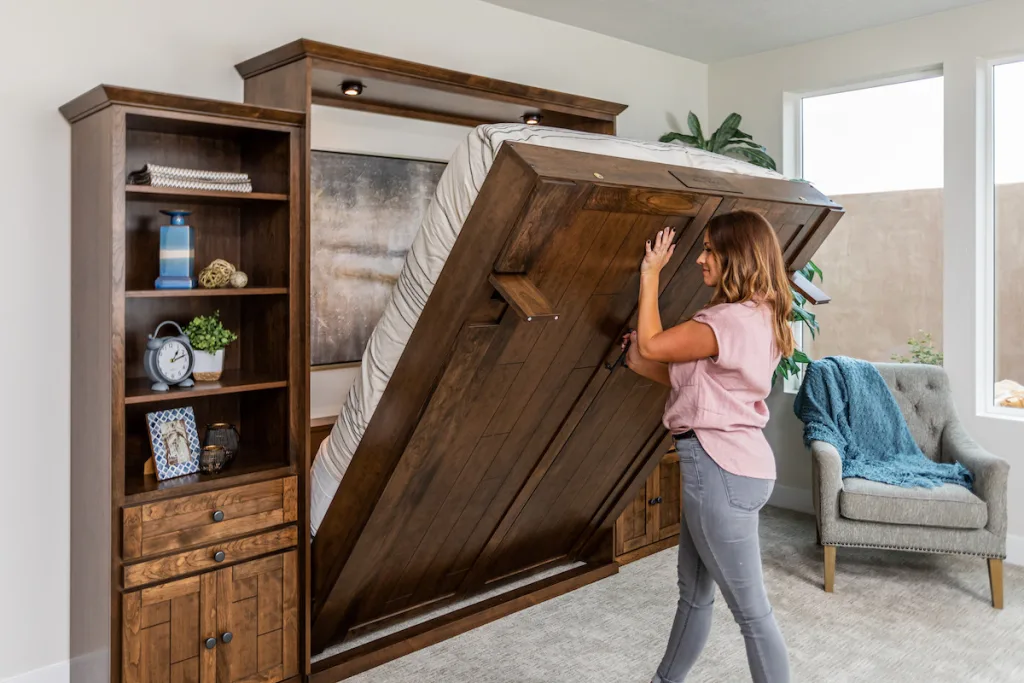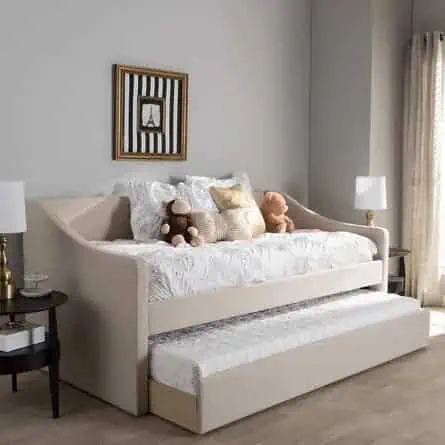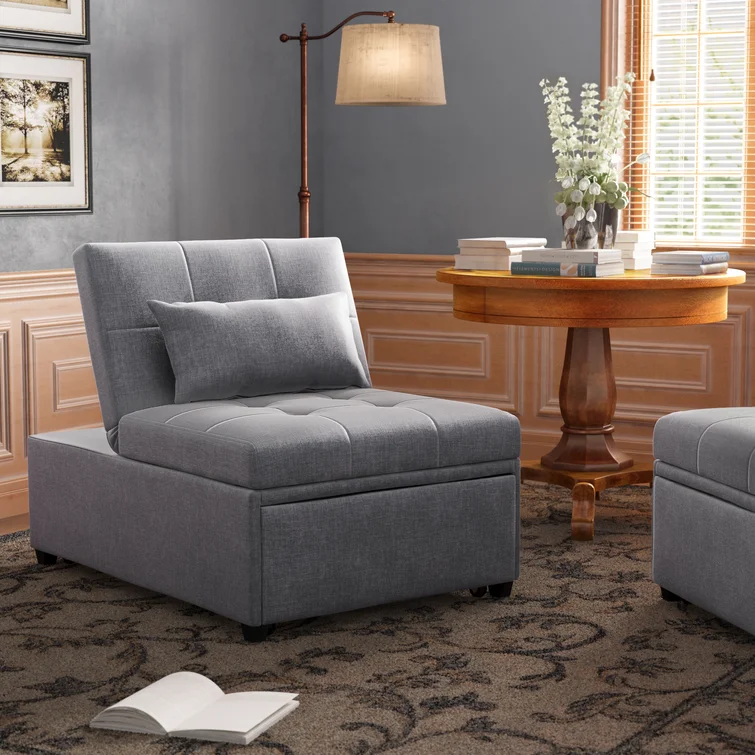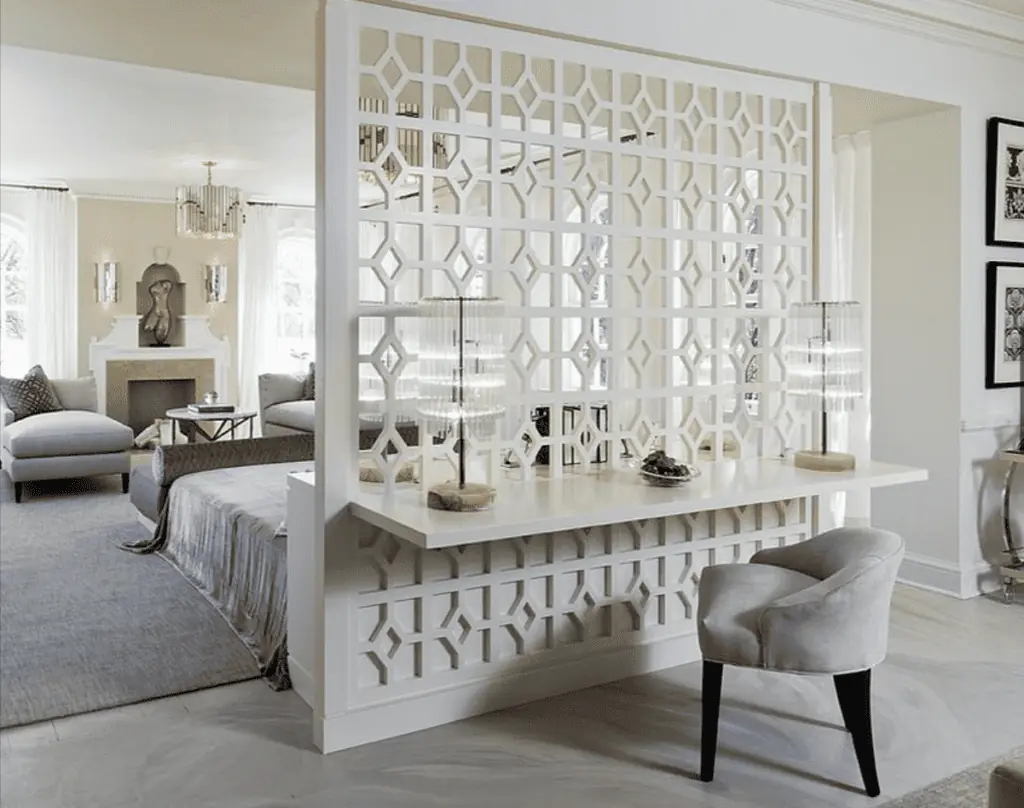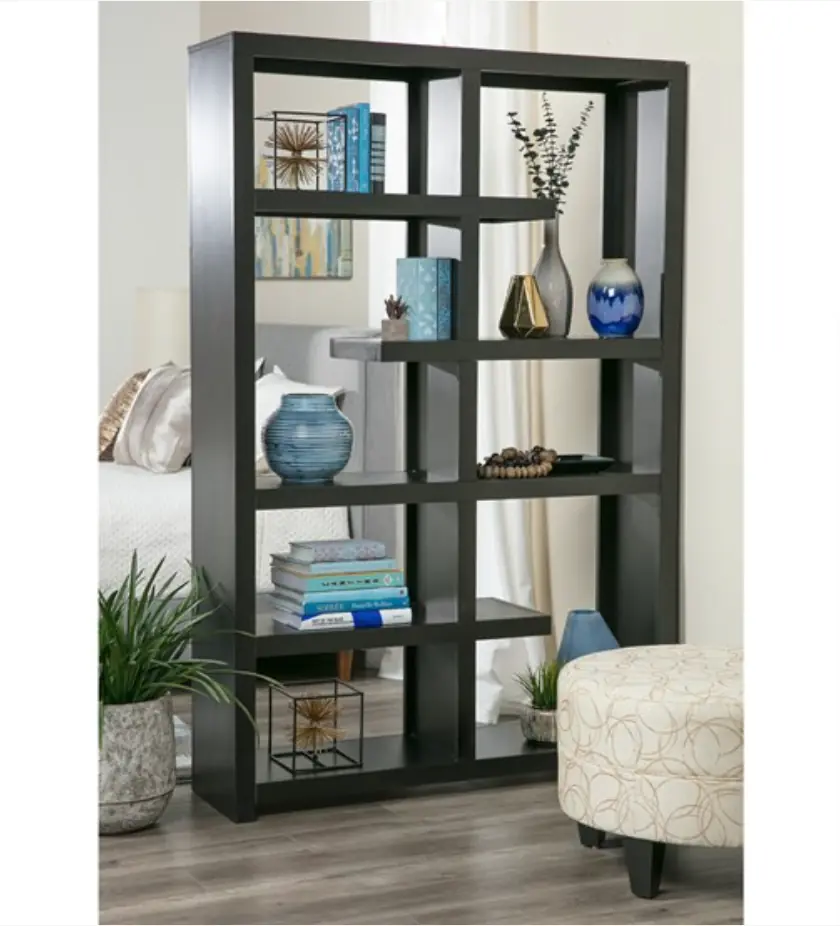An ADU and a tiny house. Are they the same thing, or are they different?
Yes and No.
It’s a bit confusing because they have similarities.
Sometimes a tiny house is an ADU, and sometimes, an ADU is a tiny house. Just not always…..
Let’s break it down so you can finally understand the similarities and differences.
There is one easy way to answer the Big Question: Is a tiny house an ADU?
How big is it?
Disclosure: This post may contain affiliate links, meaning I can earn commissions. If you decide to purchase through my links, it is at no cost to you.
Understanding the ways an ADU and a Tiny House are Different
We will look at 12 factors differentiating an ADU from a tiny house. While there are a few similarities, there are many more differences to explore.
This guide compares the following to help you finally understand these two structures:
- size
- legality
- usage
- regulations
- return on investment
- cost
- lifestyle
1. Defining an ADU vs Tiny House
While ADUs and tiny homes may appear similar, their intended uses and regulations differ significantly.
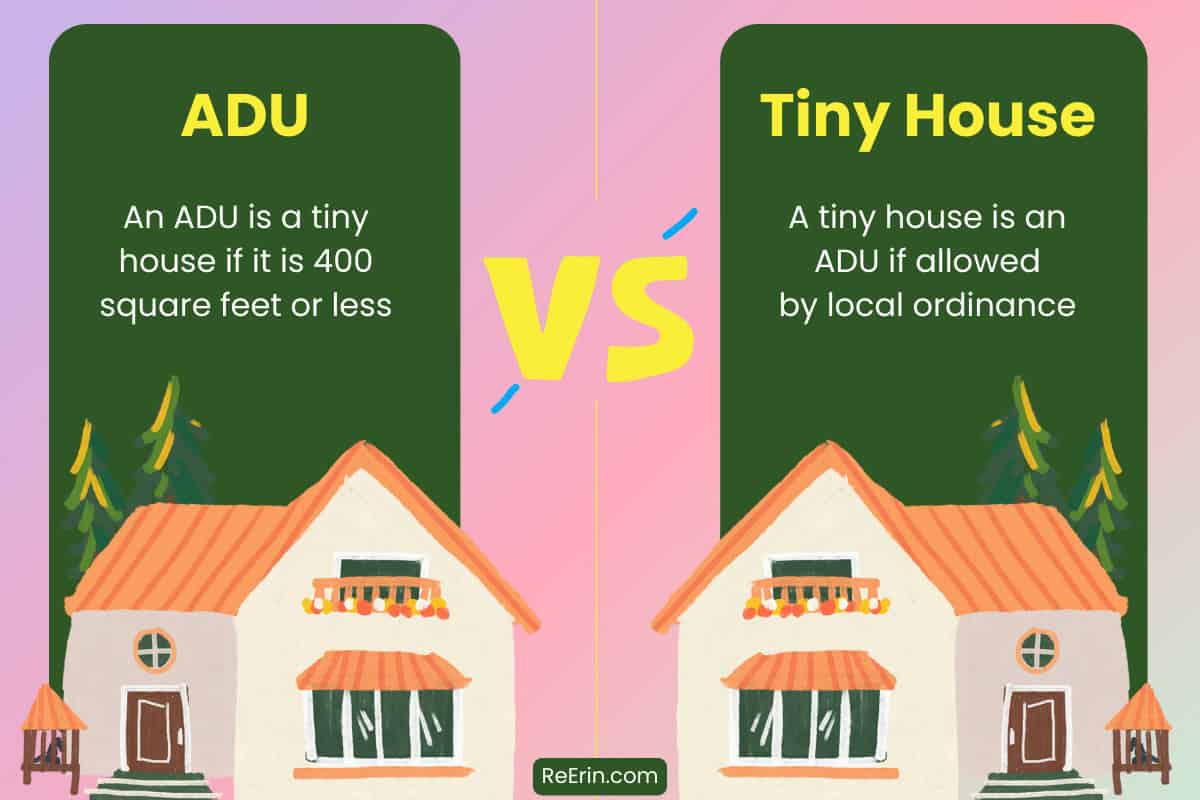
Related Article 📚
What is an Accessory Dwelling Unit?
Accessory dwelling units (ADUs) serve as secondary structures on a property. They have to meet the International Building Codes like any other dwelling.
They are designed for permanent occupancy with private entrances, eating, sleeping, and living spaces.
ADUs are granny flats, Ohana, casitas, guest houses, second houses, or backyard cottages.

ADU options can vary from:
Attached ADU – Garage Conversions
Basement Apartments
Detached ADUs from the main house
What is a Tiny House?
Tiny houses are a testament to the art of compact living, focusing on efficiently using space.
These homes are not more than 400 square feet, not counting loft areas. Some spaces are less than 200 square feet, which enters the micro-living world.
What you find inside a tiny home will vary because they aren’t regulated (we will cover this later).
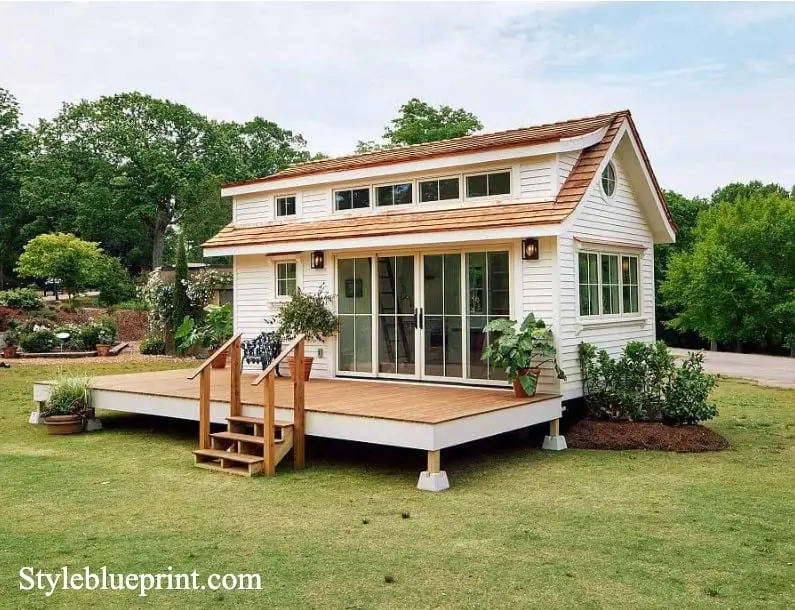
You may have a sleeping space, eating space, living space, and bathroom. Some tiny houses are on wheels, and others are on a permanent foundation.
The design of a tiny home focuses on maximizing every inch of space.
This is achieved through clever storage solutions, multi-functional furniture, and minimalist decor. Sometimes your living room is your bedroom at night
But what makes a tiny home a tiny home? The size!
🏠 So, can a tiny house be an ADU?
Yes, if all other criteria for your local area are met. It just means your ADU is 400 square feet or less.
2. Purpose
Many homeowners are building ADUs for rental income or to impact the housing affordability crisis in expensive cities like San Francisco, Los Angeles, San Jose, or other cities in the California Bay Area.
Related Articles 📚
Some ADUs are built to house elderly parents or as an additional structure for guest houses or office space.
Others can be used for various purposes, such as a She Shed, a man cave, or housing adult family members.
The appeal of the tiny house and its purpose lie in one wanting to focus on simplicity, downsize in space, reduce their housing expense, reduce environmental impact, or have location flexibility.
Tiny homes are increasingly popular for housing the unhoused, with some used as overnight places for legal sleeping.
The Tiny House Movement Craze

While small houses have always existed worldwide, the tiny house movement craze took off in the early 2000s.
What was the big deal in the early 2000s? A social movement piece was added.
The social piece of the tiny house movement was added because it’s a unique lifestyle choice that prioritizes experiences and relationships over personal possessions.
The housing prices were increasing, and tiny houses became a solution for some for permanent housing.

3. Versatility & Lifestyle Impact
ADUs can be more versatile and usually offer extra space, design, and customization options because they can be larger.
There is potential for 400 square feet to feel cramped. I get it.
Both the ADU and tiny house can incorporate:
Creative space-saving solutions like storage under stairs
Floating and built-in shelves
Multi-functional furniture like loft beds and Murphy Beds
The Freedom of Tiny House Living Lifestyle
Tiny houses offer an alternative lifestyle. If they are on wheels, they provide a sense of freedom and mobility that traditional homes and ADUs cannot.
Tiny house living is about simplicity, reducing stress, and focusing more on experiences and relationships over material possessions.
It also usually means having more money for other things besides housing.
Living in a tiny home requires a certain level of commitment to minimalism.
The ability to relocate easily also adds to the sense of freedom that tiny house living provides.

4. Comparing Size: How ADUs and Tiny Homes Measure Up
If you put an ADU and a tiny house side by side, an ADU can provide more space. The size of an ADU is regulated by the ordinance of the place it will be located, so it could change slightly.

The average ADU size in California is around 615 square feet, significantly larger than most tiny homes.
An ADU must be at least 150 square feet, but depending on local ordinances, it can be as large as 1,200 square feet.
Per the 2018 International Residential Code, Section AQ102: A Tiny House is considered a Dwelling that is 400 square feet in floor area or less, excluding lofts. A dwelling is intended to be used and occupied for living purposes.
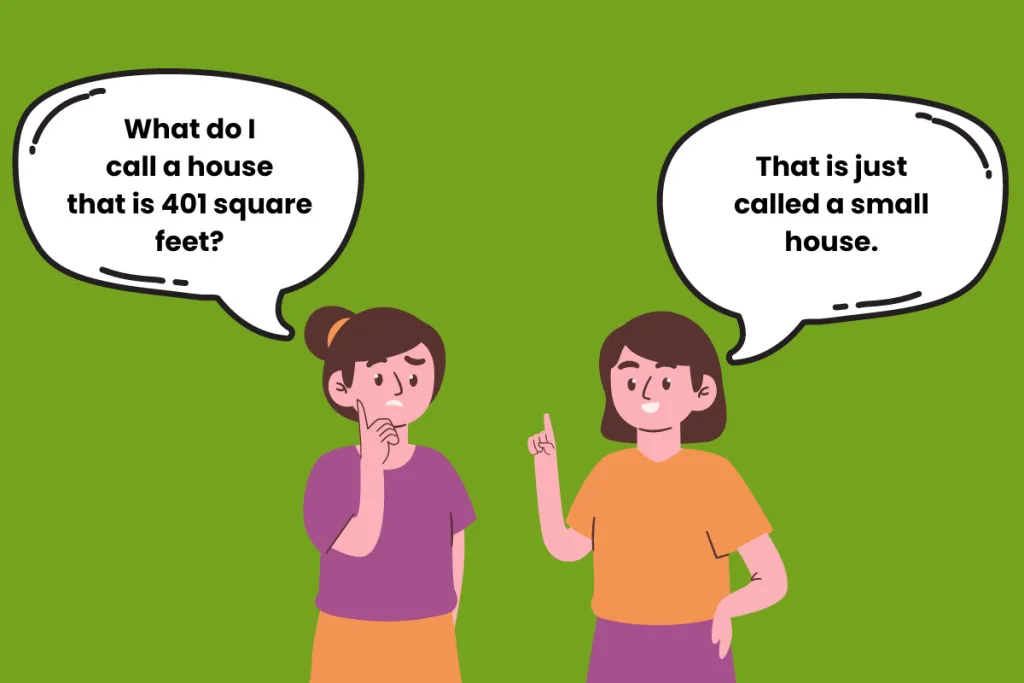
Tiny homes are usually no less than 100 square feet up to 400 square feet.
A house between 400 and 1,000 feet is called a small house. A micro house is a dwelling under 200 square feet. They are sometimes used for private sleeping for the unhoused versus a permanent residence.
5. Location
An ADU will always be located on a single-family lot. It won’t be mobile or sitting by itself on a lot. It is a secondary dwelling unit, so it has to be located with a primary dwelling unit.
A tiny house may be anywhere and everywhere. They may be behind a house, on wheels, in the middle of the wilderness, or in a shed.
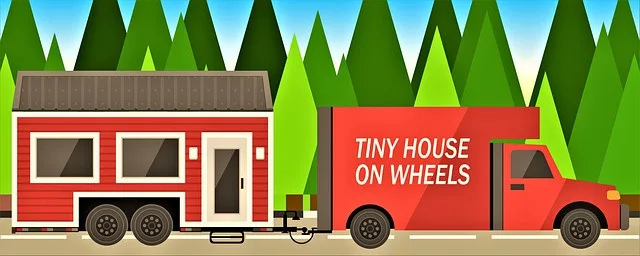
6. Legalities and Logistics: Zoning Laws and Building Codes
ADUs and tiny homes also differ in terms of their legalities and logistics.
Building codes – ensure a building is safe and well-constructed.
Zoning codes – determine where you can place a building and its size.
The tiny house was not added to the International Building Codes till 2018. An accessory dwelling unit has always had to meet standard building codes like a regular house.
While building codes are standard, zoning is often not. Your ADU must follow building and zoning codes, but your tiny house may not need to.
Tiny houses face unique challenges due to local zoning laws (this is changing with the push for affordable housing). Mainly because some tiny homes are on wheels and aren’t considered permanent dwellings (even though some live in them full-time).
These tiny houses on wheels skip dwelling zoning rules and are considered recreational vehicles.

For example, in California, tiny homes on wheels might be considered recreational vehicles (and you may have to pay vehicle taxes), so they might not be allowed in all areas and may require special permits.
7. Utilities
ADU homes may share utilities with the main dwelling or may have independent utilities.
Tiny Houses may be on the grid or off the grid. Some tiny homes use solar panels for energy, compost toilets in the bathroom to avoid black water tanks and water holding tanks for their water needs.
Related Articles 📚
Some tiny homes on a permanent foundation will have all the same utilities as a regular house, and others may do a blend depending on the cost to install the utilities and who will use the space.
8. Cost of ADU vs Tiny Home
It is not exactly apples to apples because a tiny home has so much variability. To compare, we must try to use some sort of average if we can.

The Cost of an ADU
Constructing an ADU can be a considerable investment. The average cost to get an ADU built by an ADU contractor or company can range from $200,000 to $400,000, depending on various factors such as location, size, and design.
It may seem like a lot of money – because it is. It can be substantial. You can save money by doing some of the work yourself or doing it totally DIY.
Related Articles 📚
Tiny Home Cost
The average cost of building a tiny house is around $50,000, but it can range from $30,000 to $80,000 depending on various factors such as:
Size of the tiny house
Quality of materials used
Location of the build
Customization options
Labor costs
With tiny houses, there is so much creativity in the structure used, materials selection, and less space to fill that the cost can vary. Having someone build the structure for you will cost more than doing it yourself.
Some can build a tiny house for about $20,000 by doing it DIY. Other tiny home projects may be wild and exotic and cost a lot more.
Imagine the cost of building a tiny house on the side of a mountain. It is not just the cost to build it, it is the cost to get the materials to the build spot.

🔎 Is tiny living cheaper?
Yes, usually. Mainly because your space needs fewer resources to function. Things like insurance, utilities, upkeep, and structure maintenance are reduced.
Related Articles 📚
9. Regulations on ADUs and Tiny Houses
In short, ADUs must meet regulations, and tiny homes don’t always have to.
ADU Regulations
When building an ADU, it’s important to understand the specific ADU zoning laws and building codes that apply to have a permitted ADU. This doesn’t mean there are no unpermitted ADUs.

These building codes and zoning laws regulate everything about ADUs. In California, where the ADU craze has exploded, the big complaint is the time it took to get all the paperwork and permits approved.
Local entities have been cutting out some of the red tape in the regulations process to combat this. There are preapproved ADU plans and fast-track systems for the paperwork process.
Companies like Symbium handle the whole process for you, so you can just sit back and watch the magic happen.
Tiny House Regulations
The regulations for tiny houses differ greatly because there is so much variation in tiny houses. Some are converted sheds, built on a trailer frame, made in a shipping container, or many other unique structures.
That is hard to regulate.
The rules for a tiny home on a foundation will be based on local ordinances, if any if you are going to rent it out. The short story is that the regulations on tiny houses are few and far between.
10. Incentives
Government incentives for ADUs often aim to encourage the development of additional housing. There are even new ways to finance your ADU project. Some of those ADU incentives include:
Reduced permit fees
Expedited permitting processes
Zoning law adjustments
Some regions even offer grants or funding assistance.

For tiny houses, incentives vary more widely based on location and can include:
Relaxed zoning laws for Tiny Houses on Wheels
Adjustments in building codes
Inclusion in affordable housing development programs
There are fewer incentives to build a tiny home than an ADU home.
11. Resale and ROI
ADU Resale and ROI
There is a craze for ADUs because of the potential return on investment. Renting out an ADU can provide a steady income stream, helping homeowners offset their mortgage or other expenses. Adding an ADU to a property can increase its value from 10-35%.

ADUs can be a significant investment and increase property value and potential rental income. Considering the financial implications, including property tax increases, is vital when evaluating ADU cost.
Typically, an ADU is sold with the primary residence and not alone.
Tiny Home Resale and ROI
Tiny homes are generally more affordable than ADUs. They are not built to increase in value and won’t add to your yearly property tax bill. Tiny Homes aims to reduce the financial burden of housing expenses.
Tiny homes may not increase in value, but they can still prove to be a profitable investment. Renting out a tiny house can bring in a substantial income, with monthly rental prices ranging from $800 to over $1,000.
There has been a surge in tiny house rentals, especially in places where nature is abundant.

The resale market for tiny homes is similar to other recreational vehicles if on wheels. If a tiny home is on a piece of land, it could be sold as regular real estate, and its value could increase.
12. Longevity and Durability: Construction Quality and Maintenance
The quality of construction and maintenance needs for ADUs and tiny homes differ significantly.
Building for the Future with ADUs
ADUs are designed for long-term occupancy and are often built on a permanent foundation. They often use high-quality materials and construction methods that ensure durability and low maintenance.
ADUs are constructed with materials that require little upkeep and can withstand elements such as termites and rot. This ensures the structure remains strong and durable, like the main home.

Assessing Tiny Home Longevity
The lifespan of tiny homes can fluctuate. Some are built with affordability in mind, using less expensive materials that may not last as long. This can result in higher maintenance costs and a shorter lifespan for the tiny home.
That is not to say that a well-maintained tiny home can last many years.
Regular maintenance and care can help prolong the lifespan of a tiny home, making it a worthwhile investment for those who are committed to this unique lifestyle.
Final Thoughts
In conclusion, both ADUs and tiny homes offer unique advantages and considerations. I hope this article helps you differentiate between ADUs and tiny houses.
The choice between the two ultimately depends on your situation, lifestyle preferences, and financial considerations. Regardless, both options represent an investment toward a more flexible and potentially profitable housing solution.
If you decide on an ADU, check out some Prefab ADUs you can get now!
Frequently Asked Questions
Is an ADU the same as a tiny home?
No, an ADU is a permanent dwelling near a larger, pre-existing home, while a tiny home is often mobile or sits on a small parcel of land without other buildings. So, they are not the same.
Are there two-bedroom tiny houses?
There are tiny houses with two or more sleeping spaces. These sleeping spaces may or may not be formally defined as bedrooms due to their size and characteristics.
What is the smallest ADU allowed?
The smallest allowed ADU must have a minimum area of 150 square feet. So, that’s the smallest you can go!
Image Source: Canva, Pexels, Pixabay, Open Verse, Unsplash

